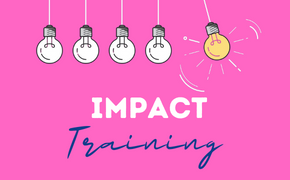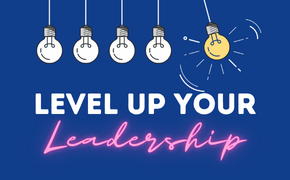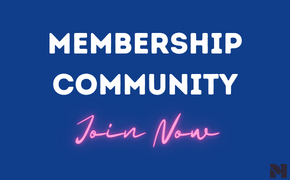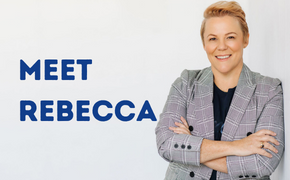This week I have been procrastinating. A lot. I have been doing it all week and I’m getting really very good at it.
I used to fear and loathe procrastination. I felt that any form of ‘dragging my heels’ was a type of failure. I was proud of being action-oriented and solution-focused. I sneered at those with a ‘procrastination problem’!
A few years ago I learned an important lesson. I was working with a scrum master who made me wait before he let the team start building. And when my action-oriented inner voice was begging him to get a move on, he made me wait another week!
But the waiting worked. The team produced a brilliant quality product at lightning speed with hardly any rework or wastage.
So I started adopting it in my work life too – and my personal performance improved.
Why?
Because I had learned to wait, and to think things through.
To slow down and to think deeply are not skills that mid-level Leaders get taught.
Yet we are making important, complex decisions all the time.
In his book, Wait: The Art and Science of Delay, Frank Partnoy tells us that when faced with a decision, leaders should assess how long we have to make it, and then wait until the last possible moment to do so. He says that delaying decisions enables sounder decisions.
When faced with a difficult, complex or important decisions, he says ask yourself this one thing:
“What is the maximum amount of time I have available to respond?”
In his Ted Talk on original thinkers, Adam Grant describes an experiment in which individuals were tasked with coming up with business ideas; they could either start brainstorming right away, or play Minesweeper for a few minutes before getting started. The Minesweepers were 16% more creative than the others!
Today, positive procrastination is the central part of my decision making, problem solving and creative process and I think every leader should master it.
‘Sleeping on it’ is my favourite method. I do it whether awake or asleep, and it basically means I don’t tackle the problem head on until I have had plenty of time for my subliminal brain to look at it from all angles. It enables me to access some of that bonus brainpower that I hardly ever use and means that when I finally sit down to design, decide or problem solve I do easier, faster and better quality work.
So why, this week, is procrastination no longer my friend?
I’ve been ‘sleeping on’ a few items that were getting way too close to due date. And then I was procrastinating about things that didn’t need it or benefit from it.
So I googled procrastination. Ironic, I know – I even ended up writing this article (I told you I was getting really very good at procrastinating.)
And I have solved my problem.
I hadn’t set clear enough deadlines for myself, and so I was sleeping on it for longer than I should have allowed.
The underlying unease about that was fogging up my basic task allocation and I found myself procrastinating over stuff I didn’t need to, and still procrastinating about stuff I had already slept on!
The moral?
Sometimes to speed up, we need to slow down.
Design for Disruption














